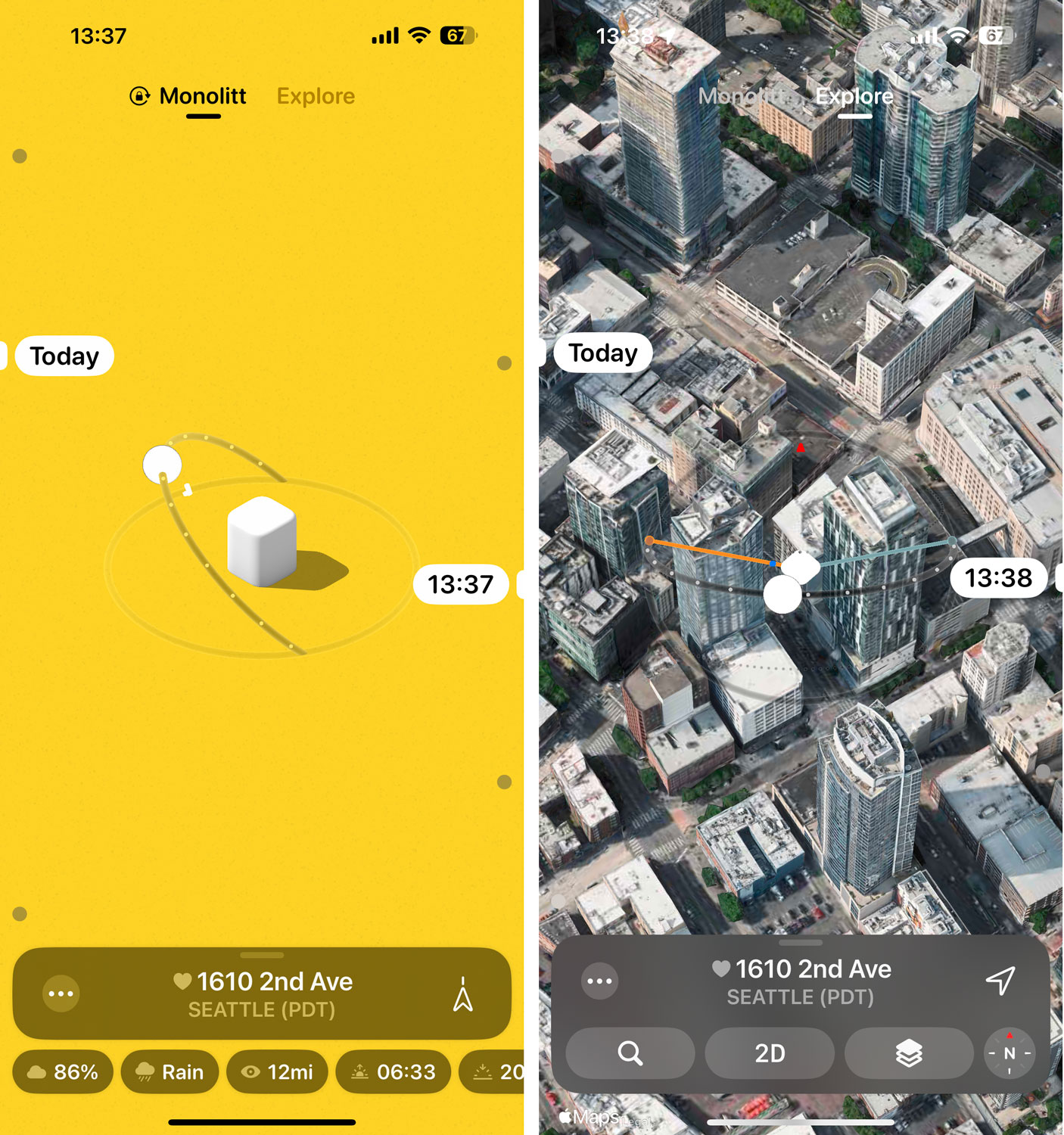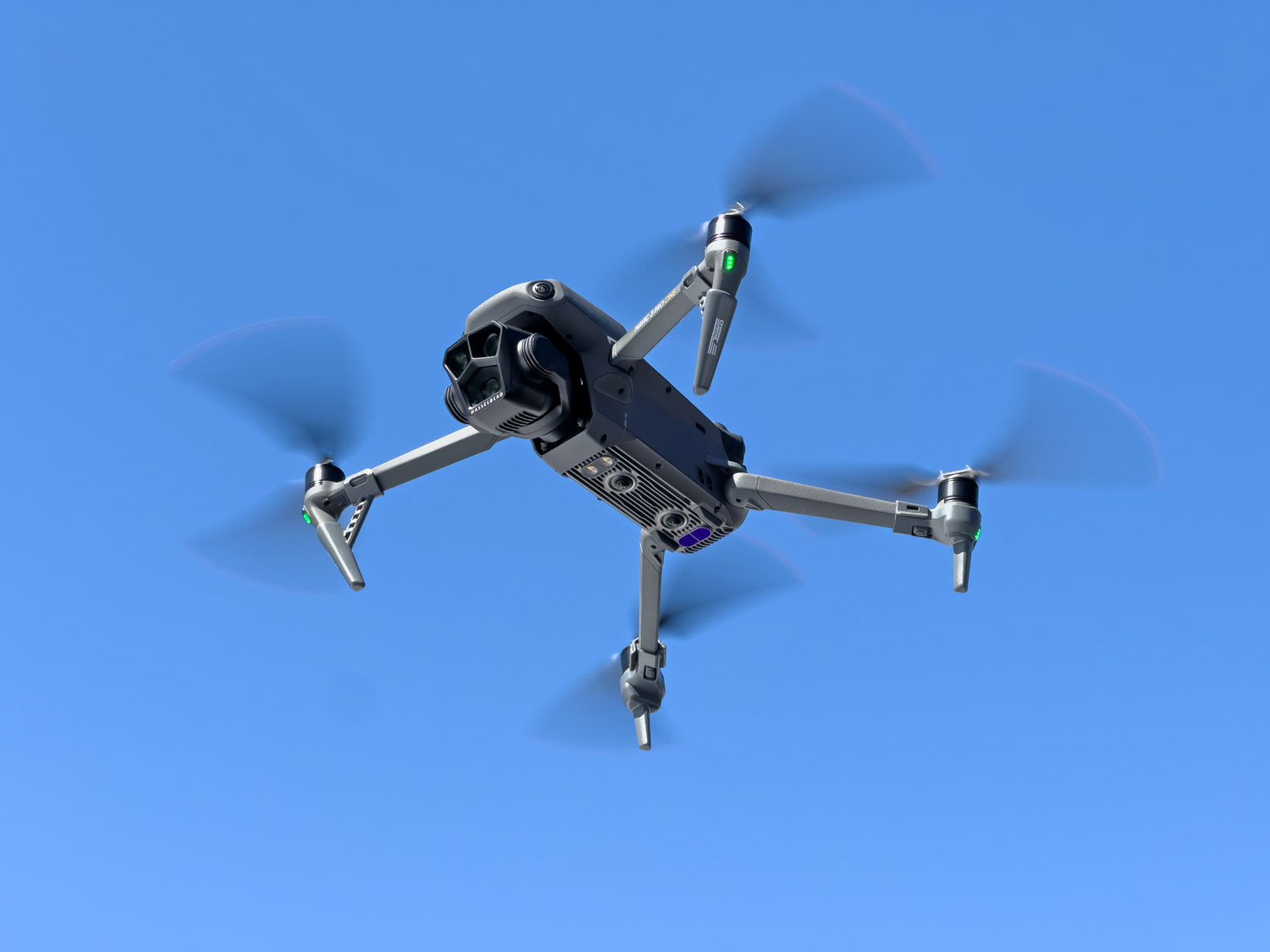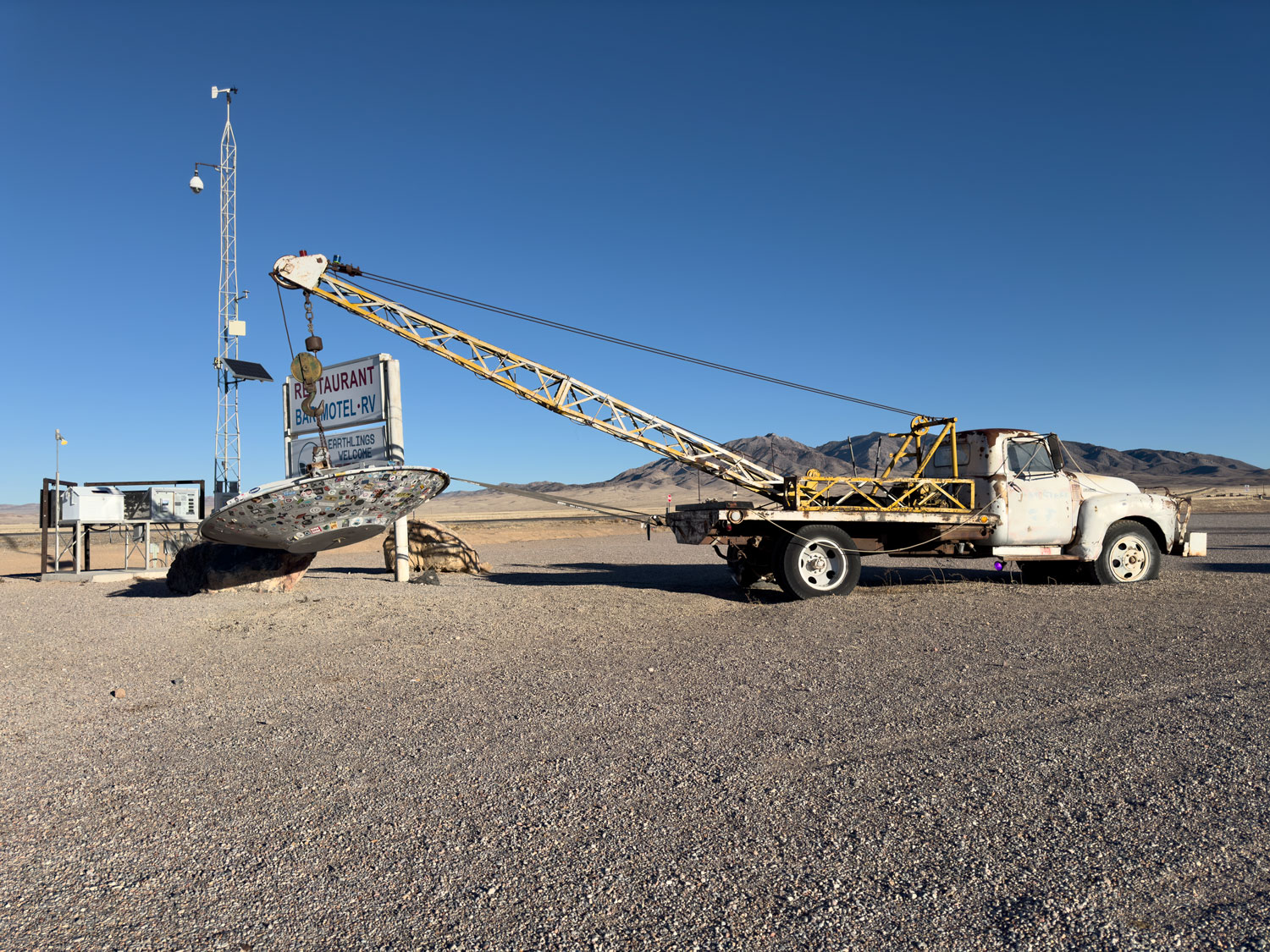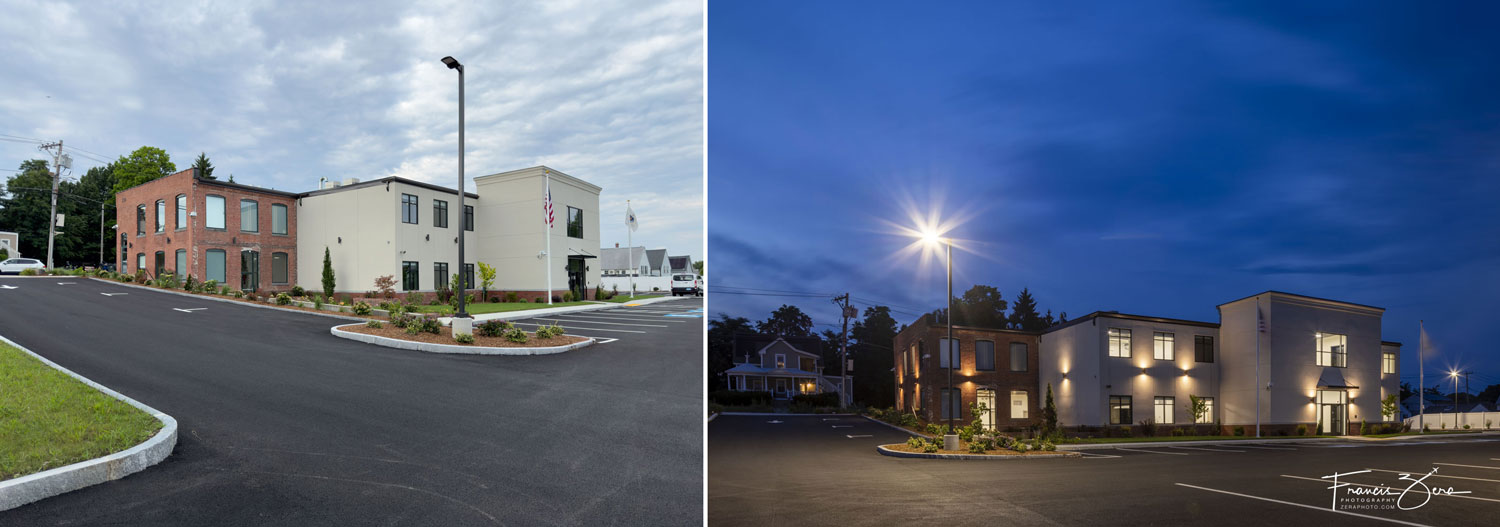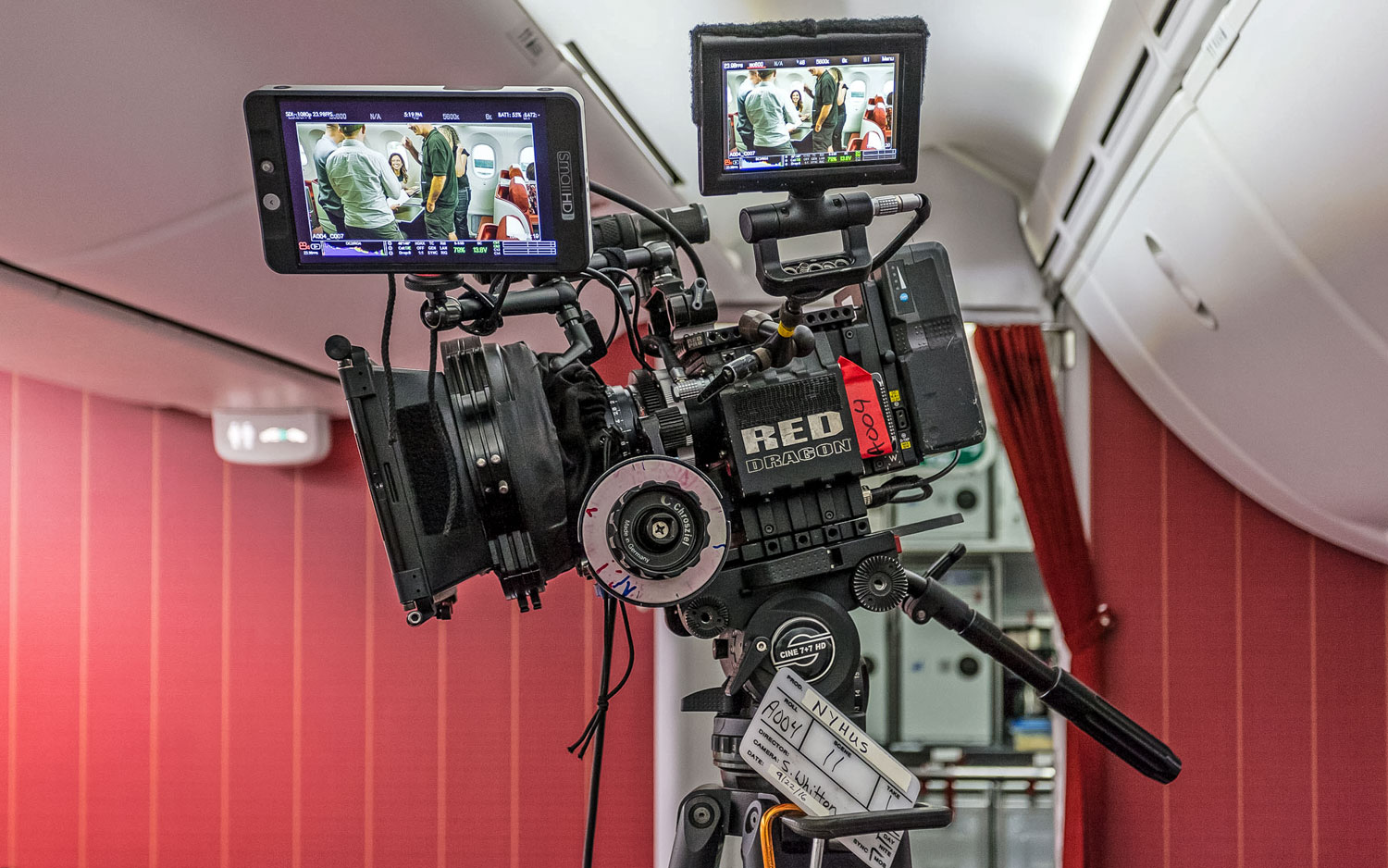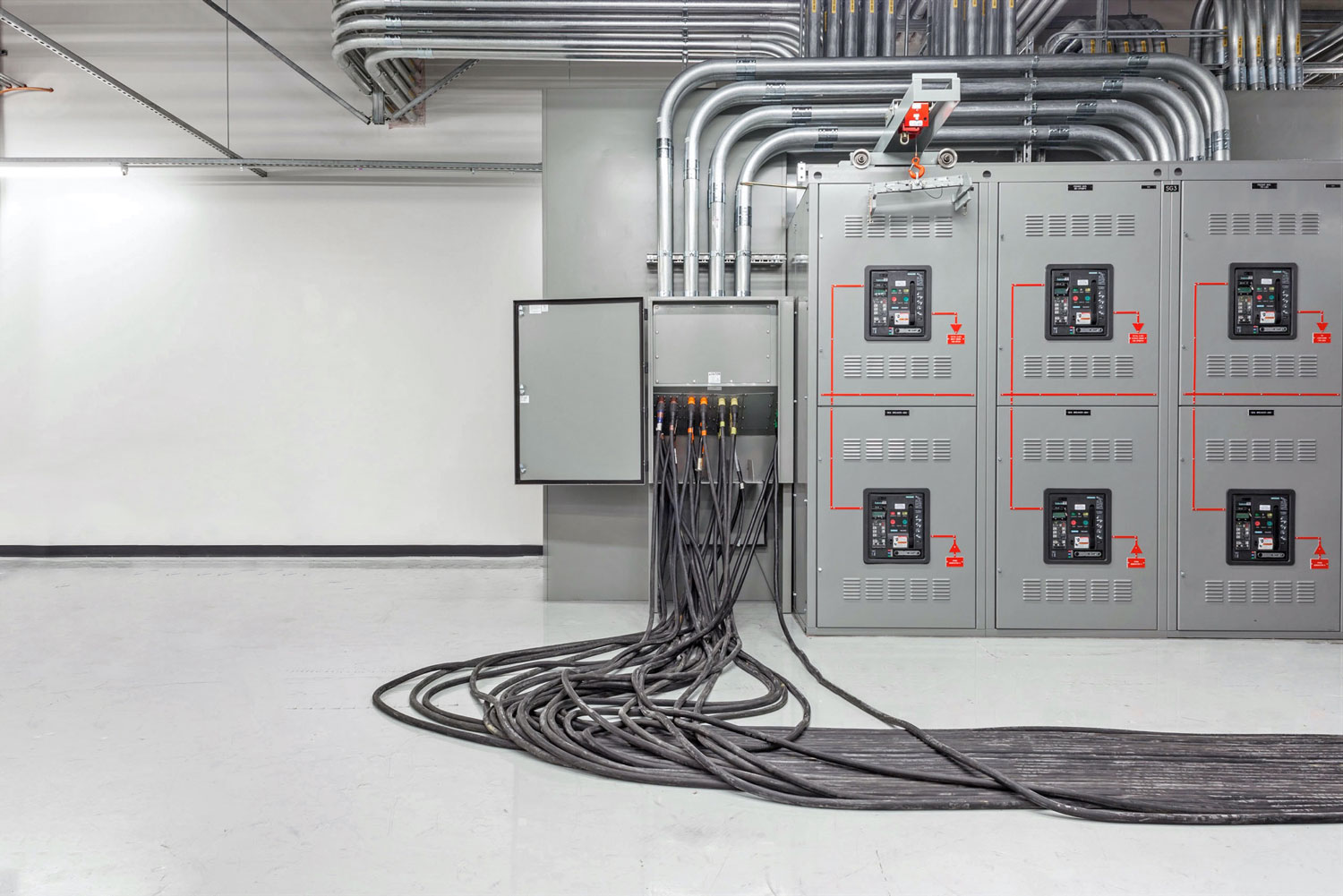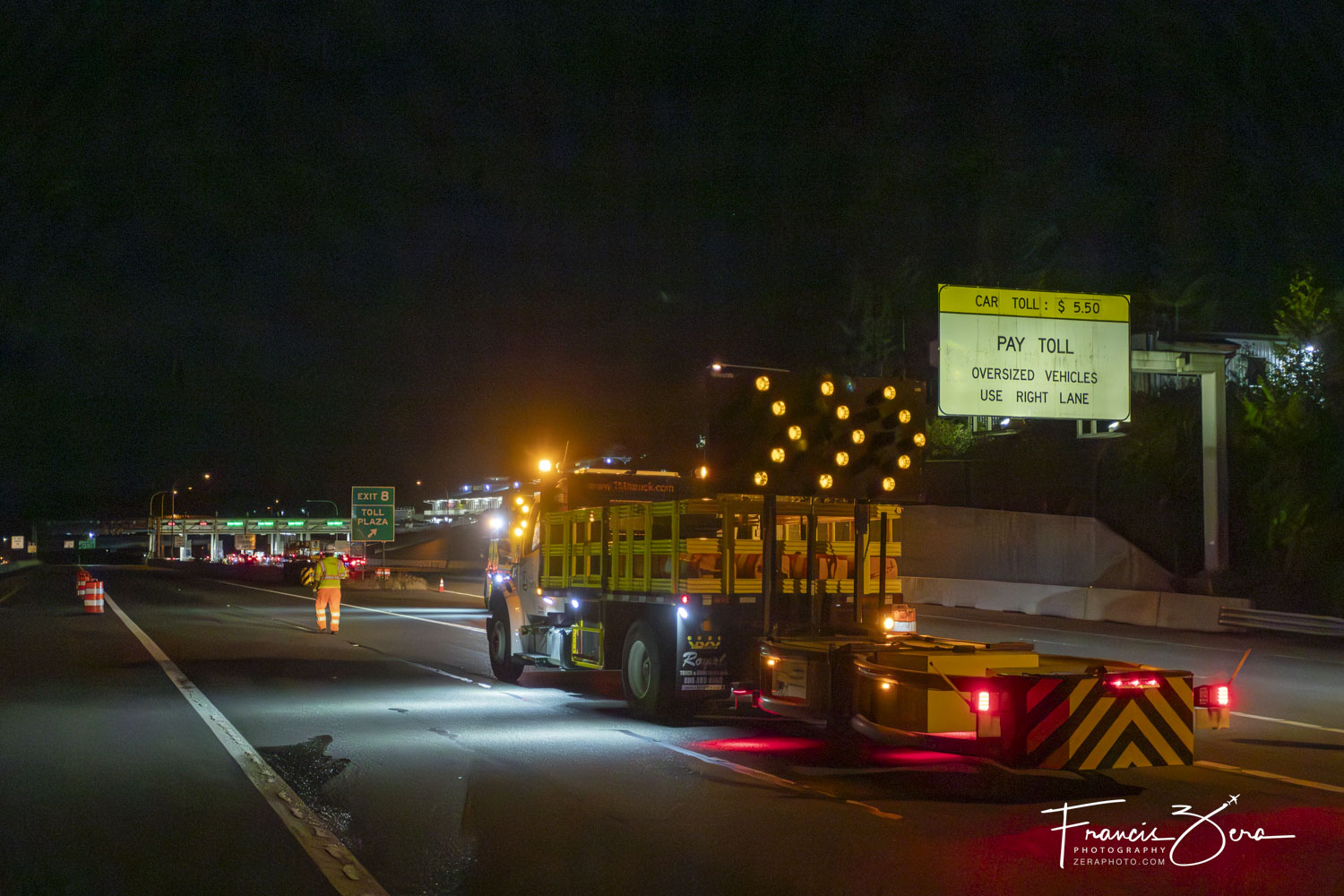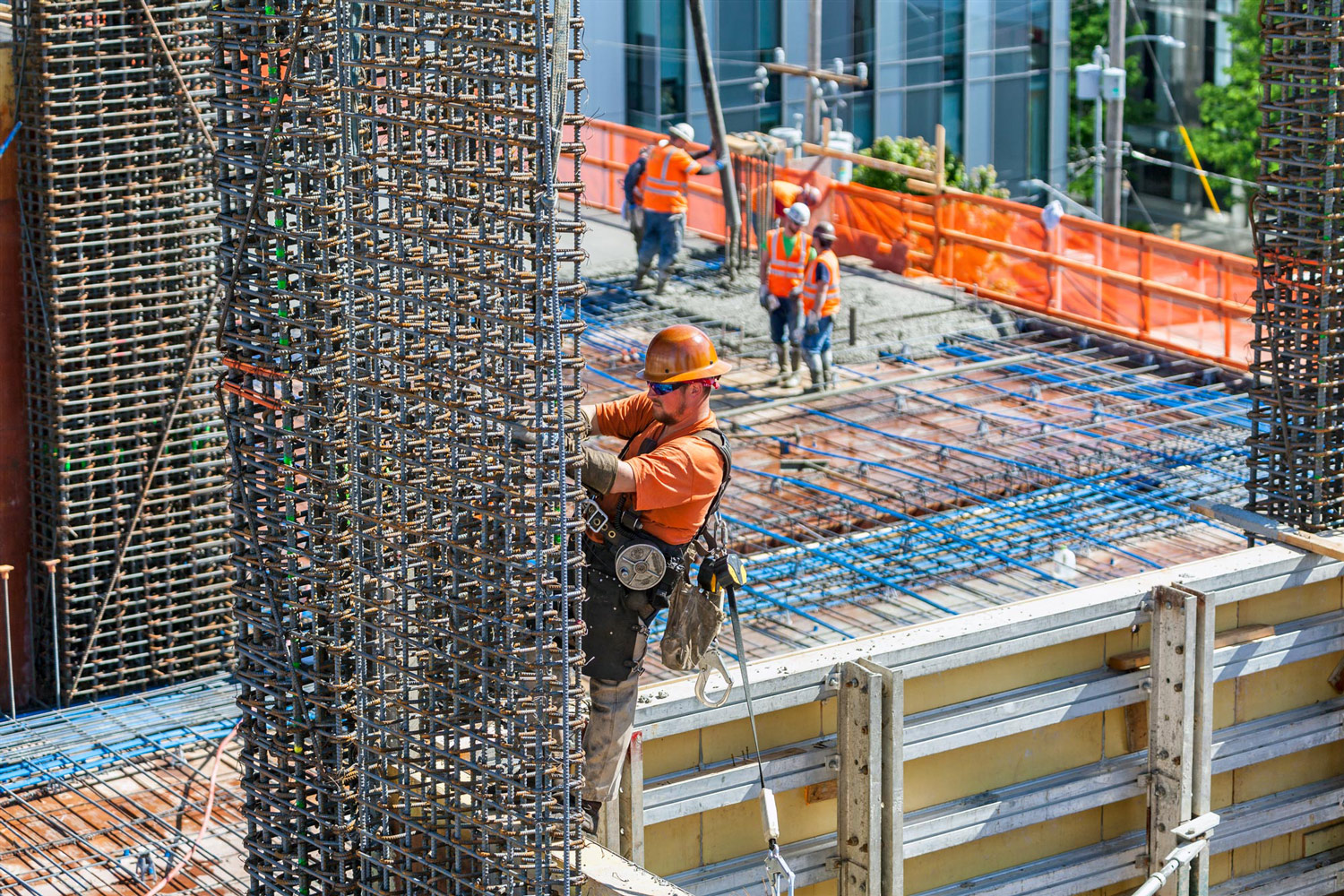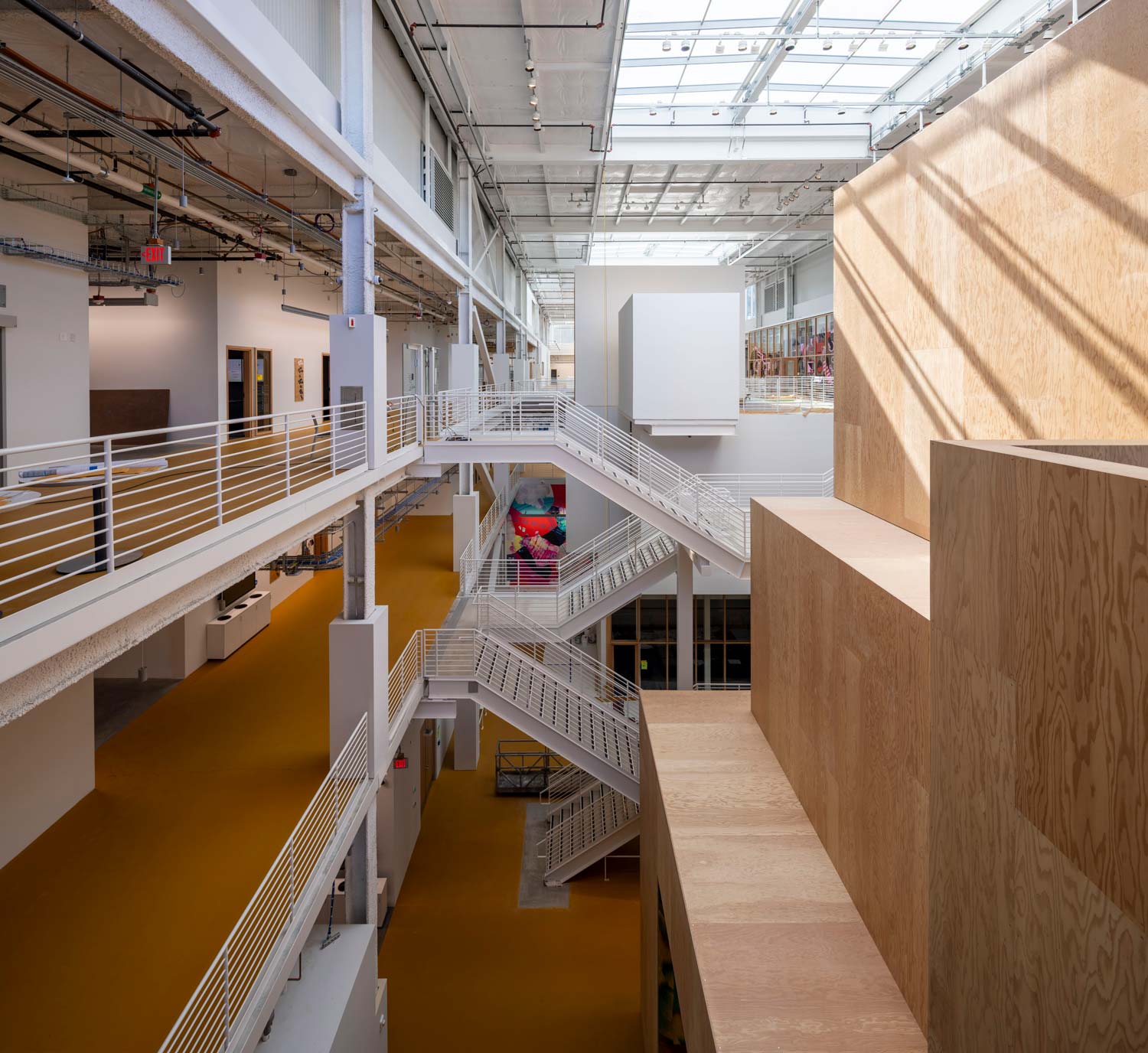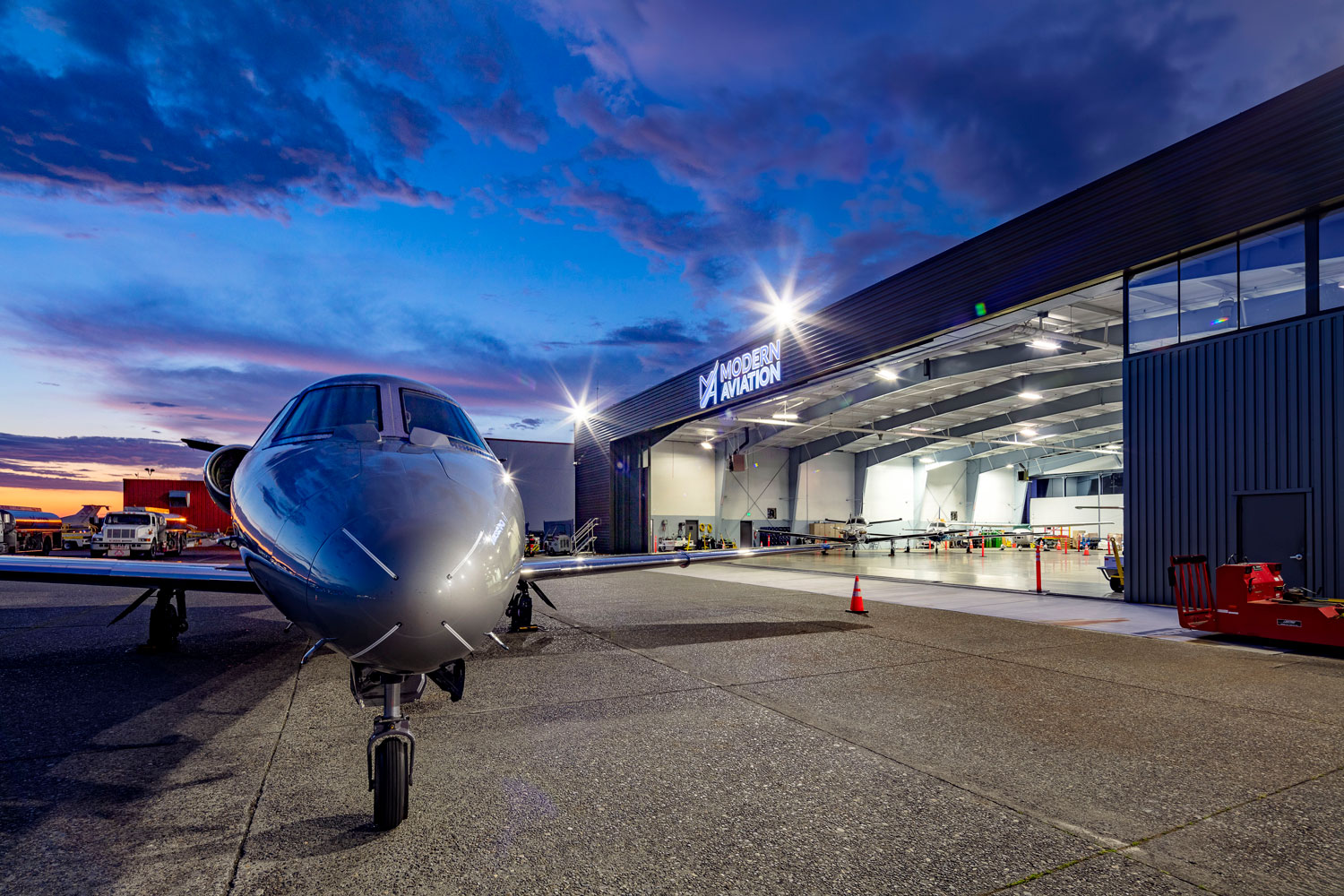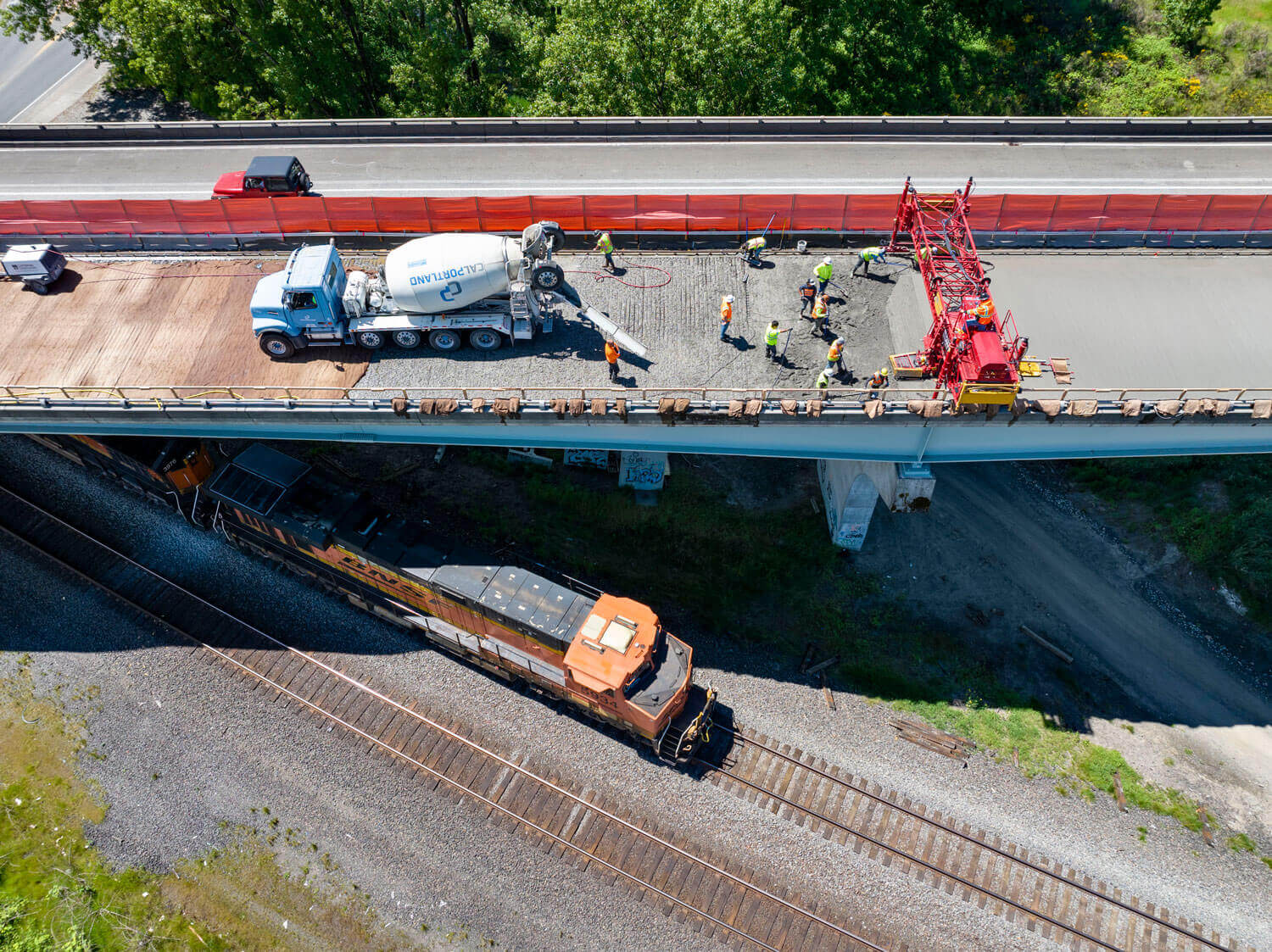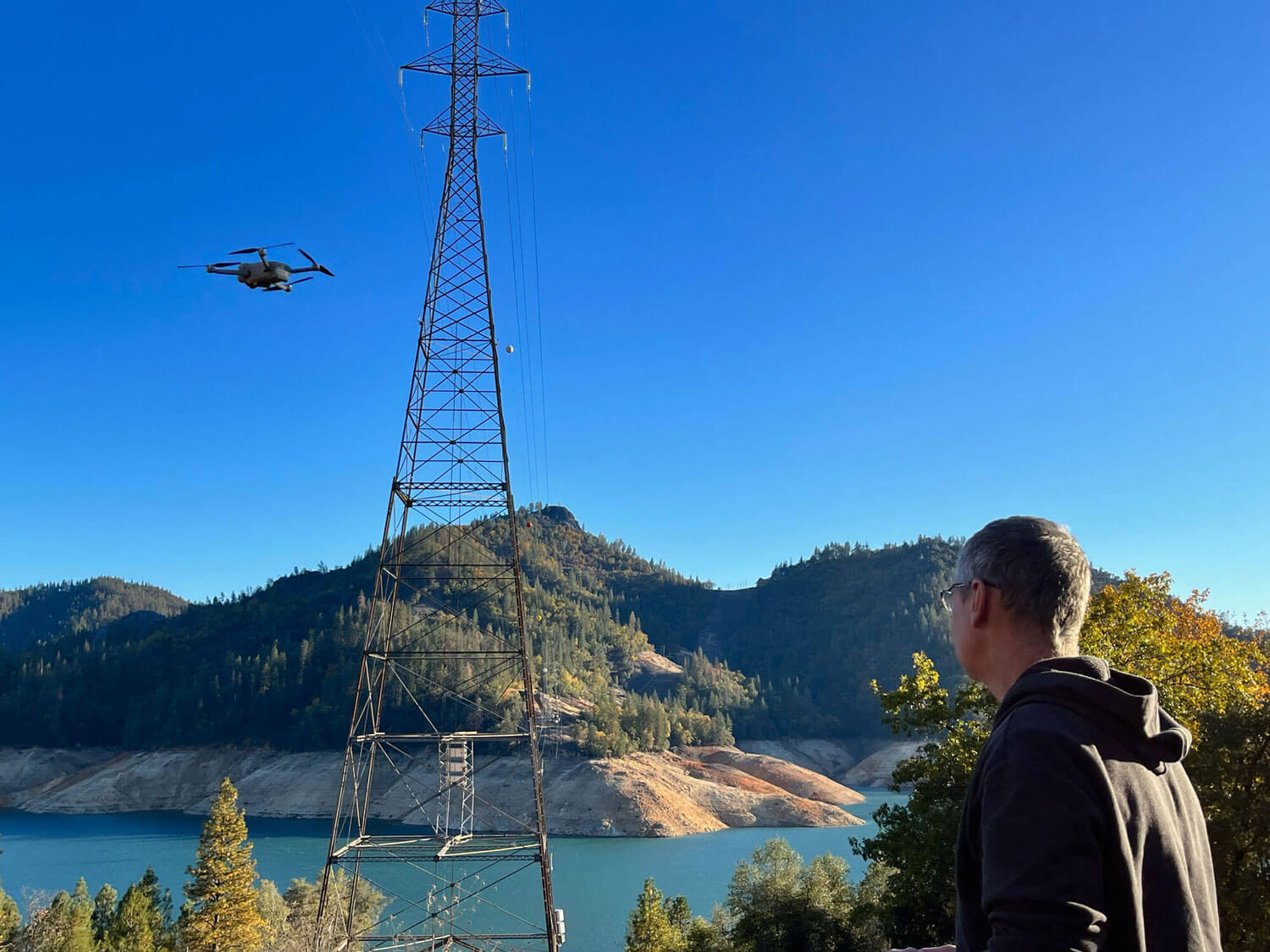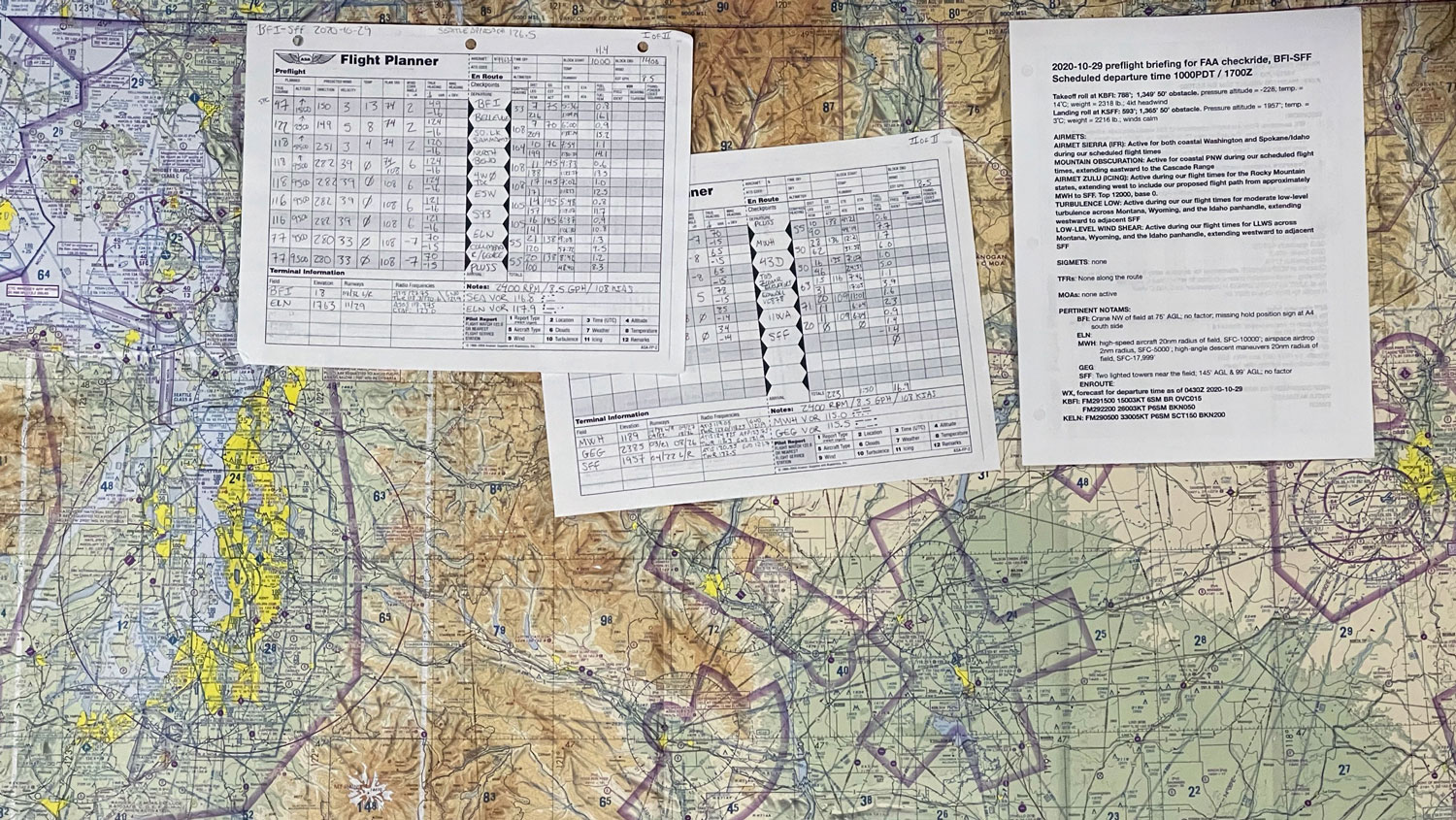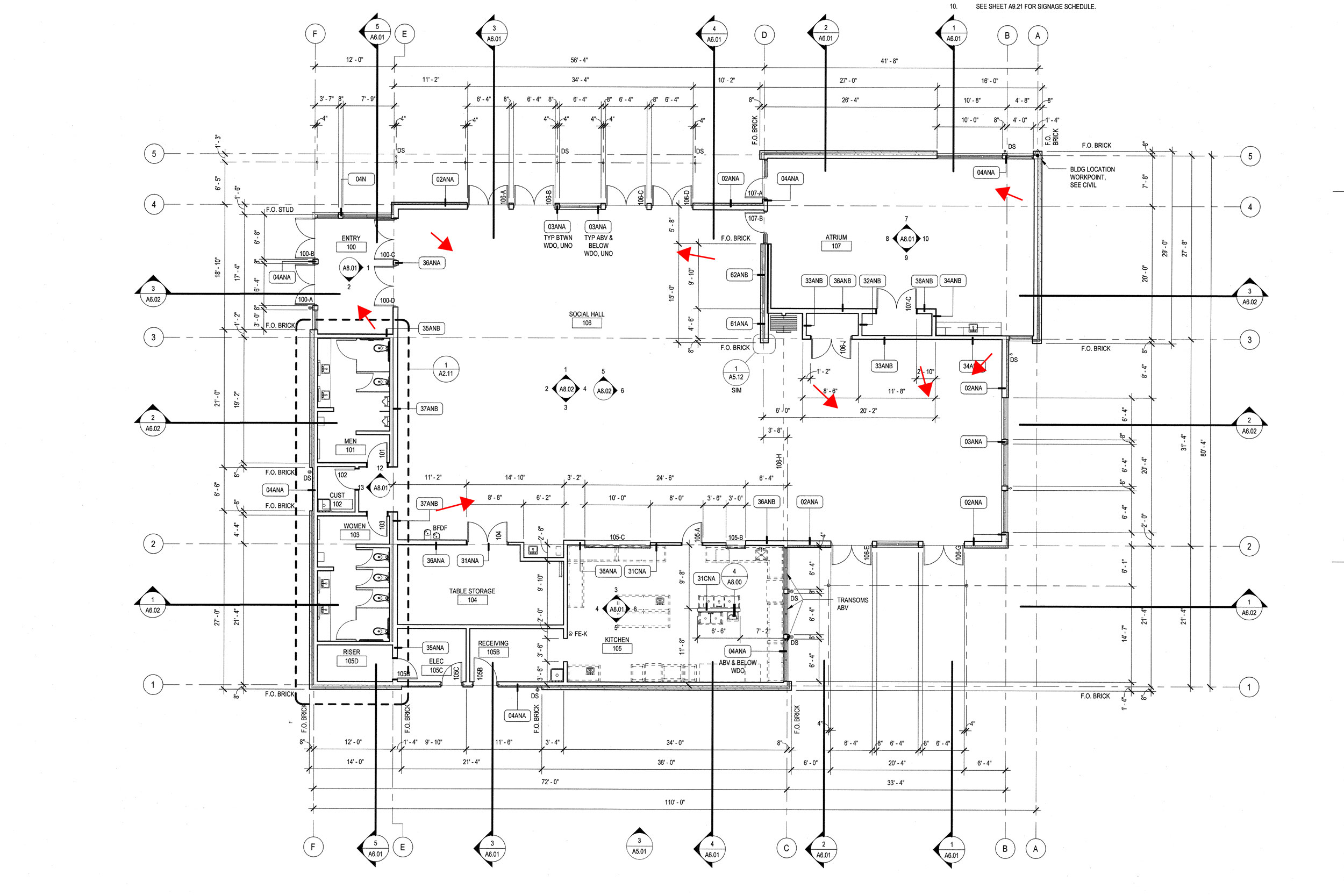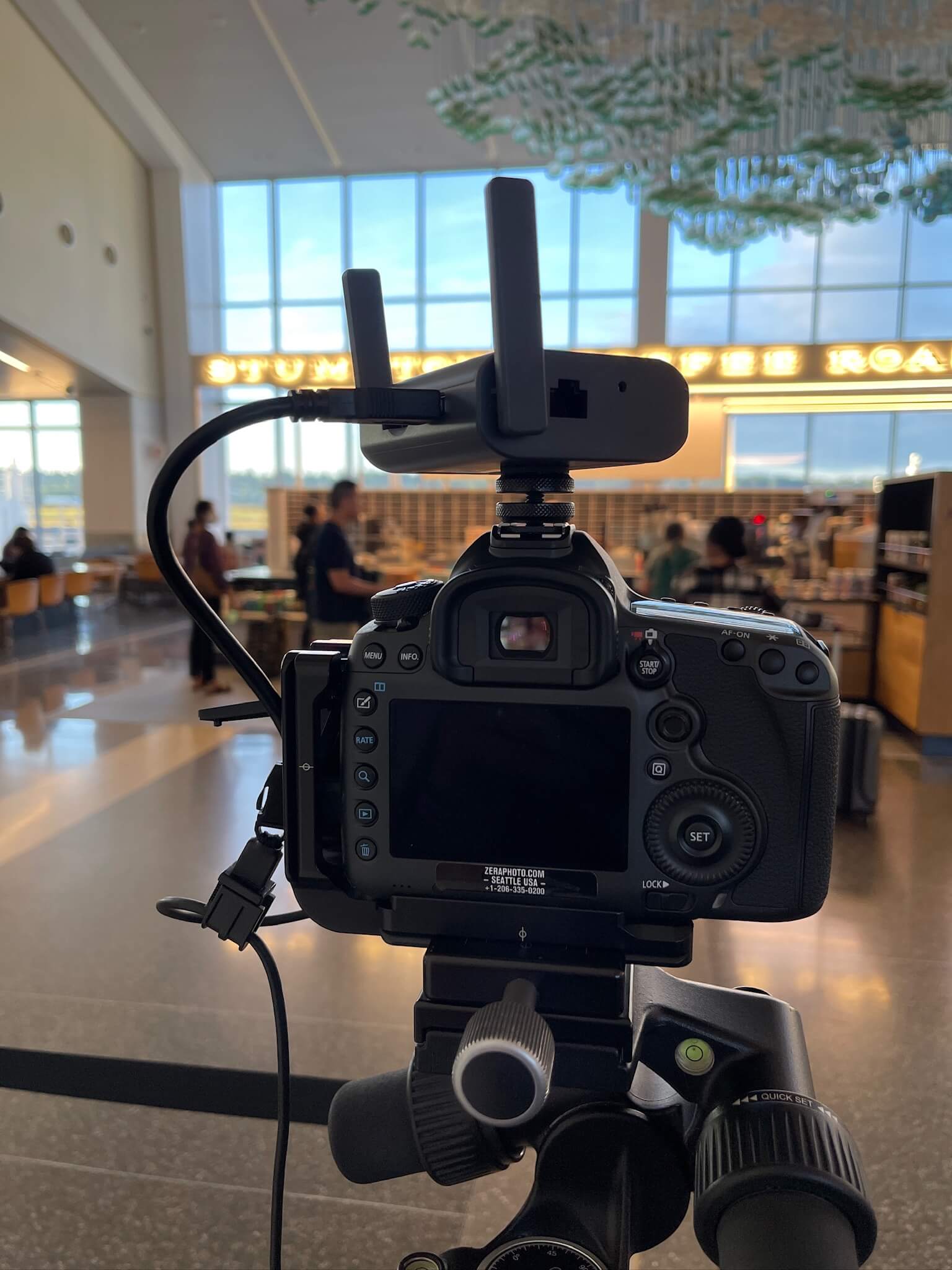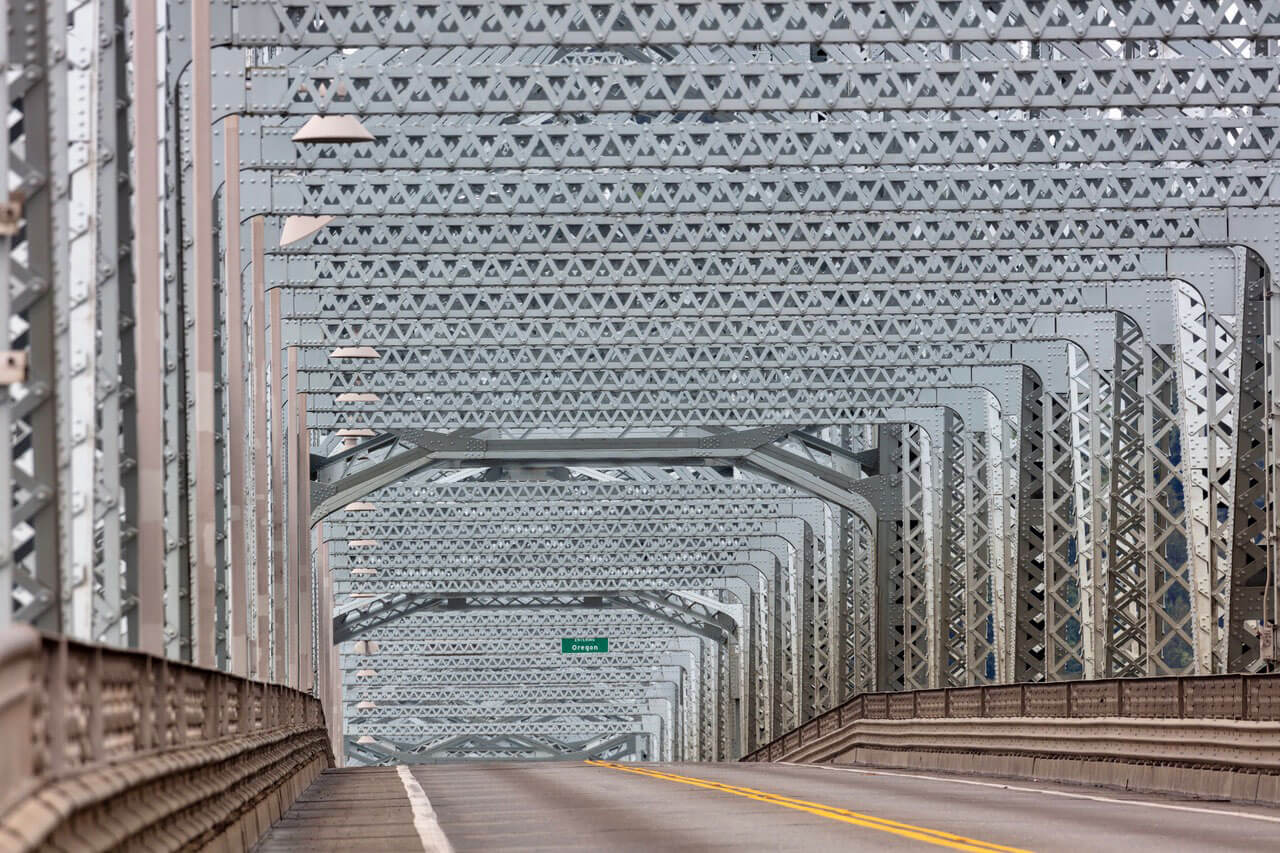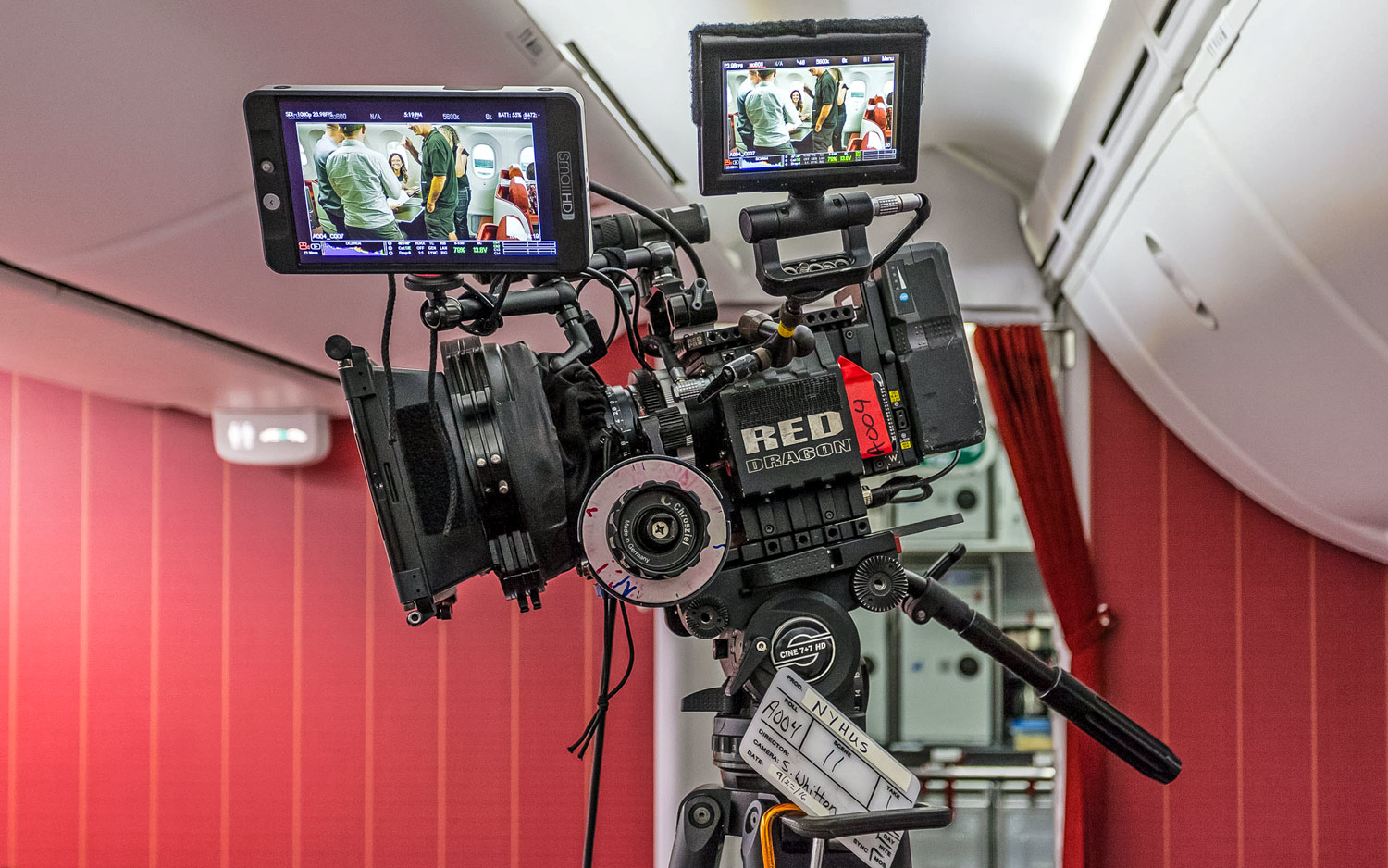
Exploring the Resolution Frontier: 4K vs 8K Video Capture and Playback
The evolution of technology continues to redefine the standards of visual fidelity. A significant aspect of this evolution is the resolution at which videos are captured and displayed. In recent years, the transition from Full HD (1080p) to 4K has been monumental, and now, the emergence of 8K promises even greater detail and immersion. Let's delve into the pros and cons of 4K versus 8K video capture and playback, understanding the implications for professionals in the field.
Understanding the Basics: What Do 4K and 8K Mean?
4K Resolution:
- Capture: 4K refers to a resolution of approximately 3840 x 2160 pixels, commonly known as Ultra High Definition (UHD).
- Playback: It provides significantly sharper images compared to Full HD, making it the current standard for high-quality video production.
8K Resolution:
- Capture: 8K boasts a resolution of about 7680 x 4320 pixels, offering four times the pixels of 4K and sixteen times that of Full HD.
- Playback: It delivers unparalleled detail and clarity, ideal for large screens and immersive viewing experiences.
Pros of 4K Video Capture and Playback:
- Increased Detail: 4K resolution captures finer details, making it ideal for productions where image fidelity is crucial.
- Widespread Adoption: Most modern displays and devices support 4K playback, ensuring compatibility across various platforms.
- Balanced Workflow: It strikes a balance between high resolution and manageable file sizes, which is crucial for efficient post-production workflows.
- Cost-Effective: Equipment and storage solutions for 4K are generally more affordable compared to 8K, making it accessible for a wider range of projects.
Cons of 4K Video Capture and Playback:
- Limitation in Future-Proofing: As technology advances, 4K may eventually be perceived as less cutting-edge, potentially necessitating an upgrade sooner than 8K.
- Lesser Detail Compared to 8K: While impressive, 4K may not satisfy the demands of projects requiring the utmost in visual fidelity.
Pros of 8K Video Capture and Playback:
- Unparalleled Detail: 8K resolution provides incredibly sharp and detailed images, future-proofing content for years to come.
- Cinematic Quality: It offers a level of detail and realism that is akin to what one might experience in a movie theater, enhancing storytelling capabilities.
- Market Differentiation: For high-end productions and premium clientele, offering 8K services can set a photographer/videographer apart from competitors.
- Editing options: 8K capture allows greater latitude in post-production, allowing cropping when exporting to lower playback resolutions.
Cons of 8K Video Capture and Playback:
- High Equipment Cost: Cameras capable of capturing 8K video are expensive, as are storage solutions and computing power required for post-production.
- Demanding Workflow: Managing and editing 8K footage requires robust hardware and software, potentially increasing production time and costs.
- Limited Adoption: While growing, 8K displays and playback devices are still not as widespread as those supporting 4K, limiting the audience who can fully appreciate the content.
The choice between 4K and 8K video capture and playback depends largely on the specific needs of the project and the target audience. For many commercial photographers and videographers, 4K currently strikes a balance between quality, affordability, and compatibility. It satisfies the demands of most clients while ensuring efficient workflows and reasonable costs.
However, as technology advances and expectations for higher resolution content grow, particularly in premium markets and cutting-edge productions, 8K stands poised to become the new standard for immersive visual experiences. Despite its current challenges with cost and compatibility, 8K offers unmatched detail and future-proofing benefits that cannot be ignored.
Ultimately, the decision should be guided by a thorough understanding of project requirements, budget considerations, and the anticipated longevity of the content in an ever-evolving digital landscape. By staying informed and adaptable to technological advancements, commercial photographers and videographers can continue to deliver captivating visual narratives that push the boundaries of what is possible in the realm of digital media.





